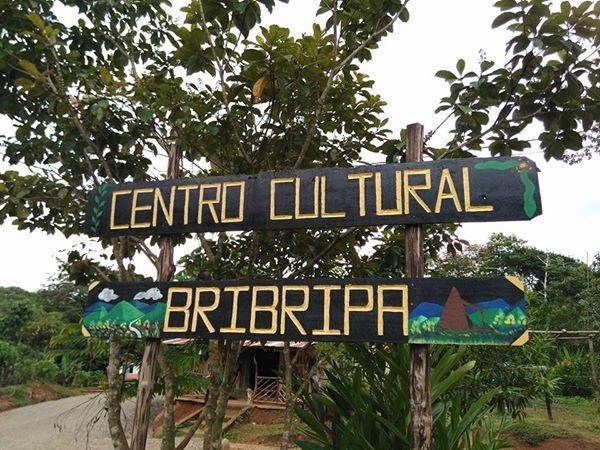
Cultural Inmersion-Indigenous Reserve BriBri
Sepa School has partnered with the Bribri indigenous reserve for several years to create a cultural immersion program. Every year, we support their sustainable tourism by bringing our student to this cultural immersion. During our visits, the youngest of the community enjoy activites such as a piñata and a cake, also our students play fun and traditional games with them. With this program, our students know more about the Costa Rican culture and its roots.
THE CHILDREN OF CORN REVIVE THEIR PAST, BRIBRIS FROM SALITRE BUENOS AIRES
Bribrís, according to their legends were created from a grain of corn by Sibu, that covered this dimension with Namaita would go the earth girl, to make a fertile soil and where to deposit the seeds, for that reason they are considered the children of the corn, that they have conserved their traditions, their faith and customs for centuries.
The Costa Rican bríbris live in the Talamanca mountains in the south of the country. They decided to take advantage of their knowledge to share with visitors who largely reach the area. Many attracted by their rich native language, which they have kept orally, and until now they have begun to write it to share it with linguistics students of the National University.
The women of the community have come together and have an association for the elaboration of handicrafts, many in jute, a thread extracted from the jute plant, also in wood and some jícaros. All painted with attractive and cheerful colors, because for them the color is very important.
“IF YOU KNOW HOW TO GRIND, YOU CAN MARRY”

According to the Bríbri tradition, the girl who wants to marry, must first learn to grind corn in stone, for this first the grain is left in water resting one day, so that it softens. Ideally, each family has its own stone, but also have a communal on the edge of the stream and is essential to feed children.
For the bríbris bring the stone to grind becomes a great party, once the new family found it in the river, several men and women of the community meet to go and bring it.
Between several males they raise it, while the women help with ropes to support them of the trees to avoid that it is going to fall and to hit somebody, others are distributing chicha. But also men must pass a test if they want to get married, they must show that they can marry with bow and arrow to feed their family, said Don Zacarías Elizondo, who is 46 years old in the reserve.
CHILDREN ARE BORN NEXT TO THE RIVER TO PURIFY THEM:
The indigenous medicine is based on plants and faith in the Awa or shamans who, according to the custom, received their knowledge of Sibú, that is why the remaining Awa live in the deepest part of the mountain. They are in charge of carrying out the ritual of purification for newborn children and the mother, since they consider that the mother, when giving birth, becomes an impure being, therefore, they have a special place near the river so that the women give birth.
After being attended by the midwife, arrives the Awa who performs the ritual of purification. This consists of bathing it 4 nights with water of boiled herbs, the last night the mother washes her fingers with that water. In that same place the maternal grandmothers heal the newborns from breaking by heating them with the smoke of a mixture of guarumo and fern.
As a conclusion, If you want to know more about them or visit them you can call them at the number 8340-8362 or email bribrika@hotmail.com





